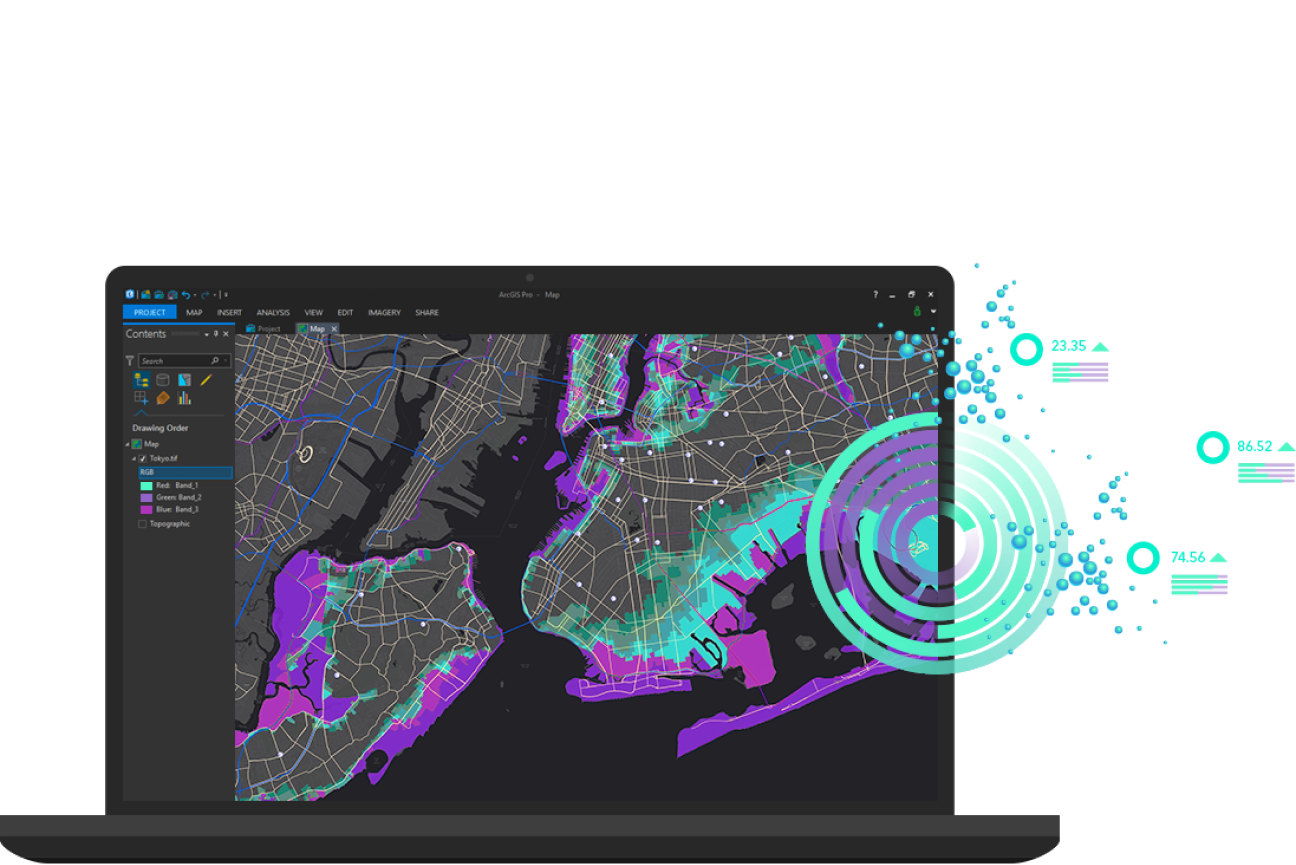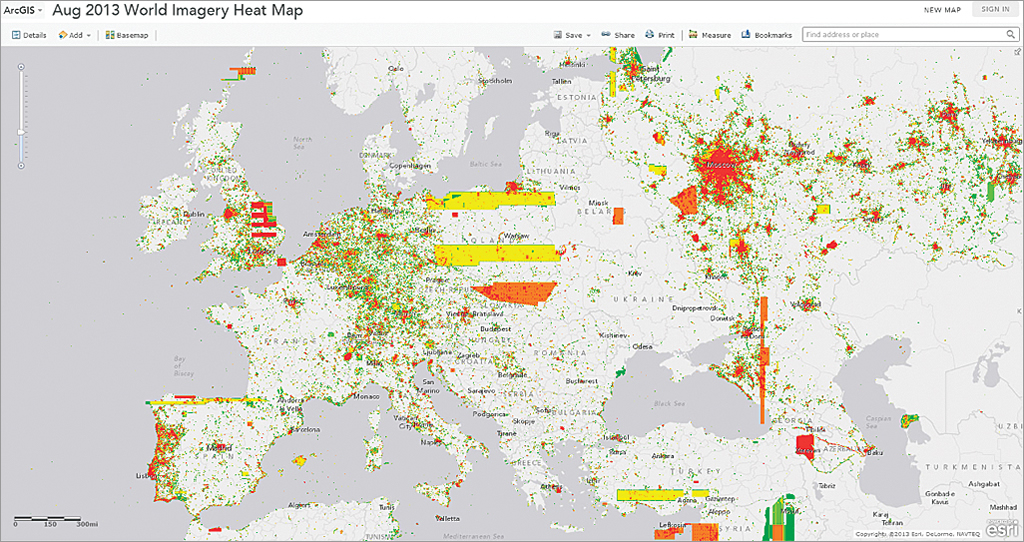
Depending on your sharing privileges, you can share the map and share the app to groups, your organization, and the public. Now that you have a basic map, you can refine it by setting map and layer properties such as bookmarks and transparency and use the map to create an app. You can save the map as an item on the My Content tab of the content page. For example, you might show a list of attributes or provide a rich interactive experience for visualizing and comparing features in a particular layer by providing custom-formatted text and charts.
#Create method map arcgis how to#
You can configure the pop-ups to define the list of visible and hidden fields and how to present that information. The default pop-up appearance for a layer is a plain list of attributes and values. They can show attachments, images, and charts and can link to external web pages. Pop-ups bring to life the attributes associated with each feature layer in the map, such as hiking trails, land values, or unemployment rates. Seismic events, such as earthquakes, might be represented using graduated symbols based on their magnitude, and polygons might be classified based on land use. Seven-parameter methods Molodensky method Abridged Molodensky method Equation-based transformation methods can be classified into the following four method types. Roads might be symbolized based on road class. For example, water bodies and streams might be shown with a single, constant blue color. You can choose different symbols to represent the features you've added to your map. The choices you see will change based on properties of the data itself. When you want to change the way your layer is styled, you are presented with different ways to style the data along with options for each of those choices. Geographic data can be styled many different ways on a map. You can add features by adding a map notes layer or importing features from a file. For example, you might want to add some photos and captions within a recent fire perimeter. In addition, it may help your audience understand your map if you add some features that are not part of an existing layer. Be careful, however, that you don’t add too many things to one map and make it hard to read. By bringing together multiple layers, or data sources, into a single map, you can help tell a more interesting story. You can add one layer or multiple layers. They can include topics related to people, Earth, life, and imagery. To do this, you should choose a basemap and layers that have great cartography, work at multiple scales, draw quickly, contain informative and accurate information, target a specific audience, and have visible legends if the symbology is not intuitive.


Maps should do something meaningful, such as tell a story, present an idea, or showcase a situation.


 0 kommentar(er)
0 kommentar(er)
